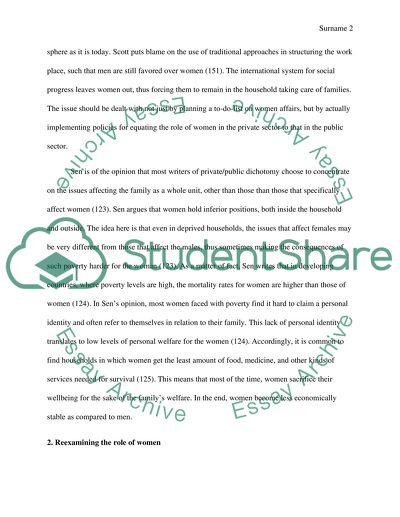Cite this document
(“The role of women in the society Essay Example | Topics and Well Written Essays - 1500 words”, n.d.)
The role of women in the society Essay Example | Topics and Well Written Essays - 1500 words. Retrieved from https://studentshare.org/gender-sexual-studies/1484090-the-role-of-women-in-the-society
The role of women in the society Essay Example | Topics and Well Written Essays - 1500 words. Retrieved from https://studentshare.org/gender-sexual-studies/1484090-the-role-of-women-in-the-society
(The Role of Women in the Society Essay Example | Topics and Well Written Essays - 1500 Words)
The Role of Women in the Society Essay Example | Topics and Well Written Essays - 1500 Words. https://studentshare.org/gender-sexual-studies/1484090-the-role-of-women-in-the-society.
The Role of Women in the Society Essay Example | Topics and Well Written Essays - 1500 Words. https://studentshare.org/gender-sexual-studies/1484090-the-role-of-women-in-the-society.
“The Role of Women in the Society Essay Example | Topics and Well Written Essays - 1500 Words”, n.d. https://studentshare.org/gender-sexual-studies/1484090-the-role-of-women-in-the-society.


